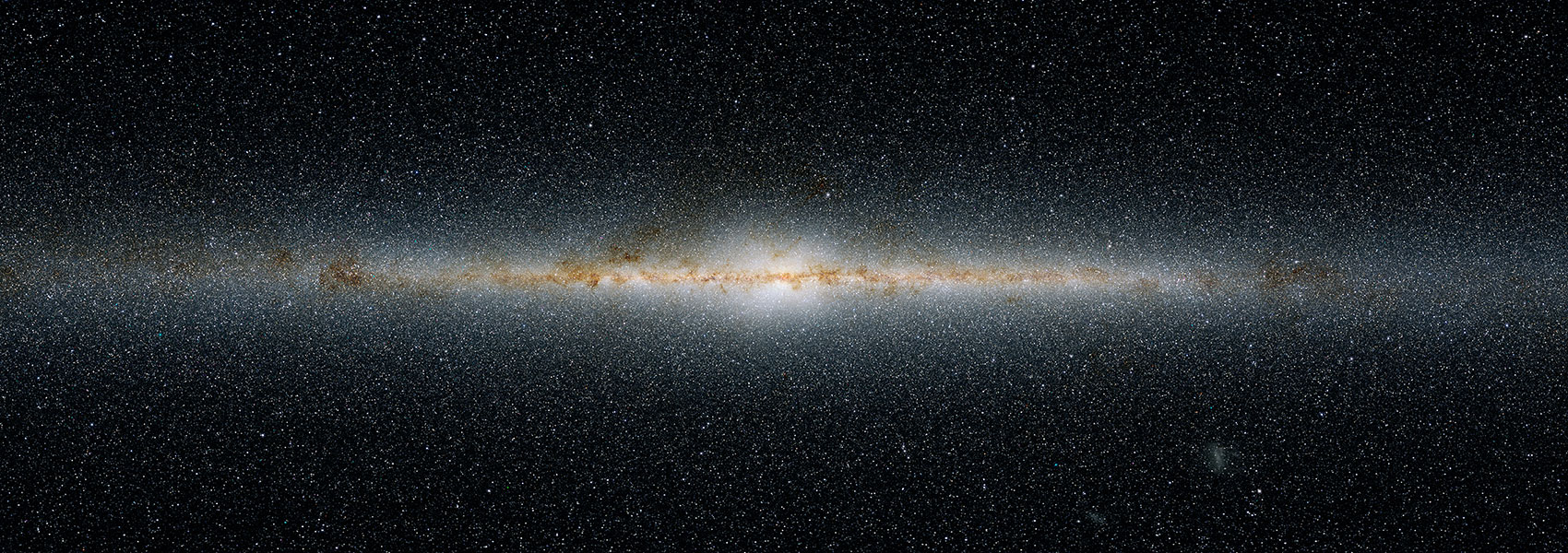March
2021
•
2021ApJS..253....7K
Authors
•
Kirkpatrick, J. Davy
•
Gelino, Christopher R.
•
Faherty, Jacqueline K.
•
Meisner, Aaron M.
•
Caselden, Dan
•
Schneider, Adam C.
•
Marocco, Federico
•
Cayago, Alfred J.
•
Smart, R. L.
•
Eisenhardt, Peter R.
•
Kuchner, Marc J.
•
Wright, Edward L.
•
Cushing, Michael C.
•
Allers, Katelyn N.
•
Bardalez Gagliuffi, Daniella C.
•
Burgasser, Adam J.
•
Gagné, Jonathan
•
Logsdon, Sarah E.
•
Martin, Emily C.
•
Ingalls, James G.
•
Lowrance, Patrick J.
•
Abrahams, Ellianna S.
•
Aganze, Christian
•
Gerasimov, Roman
•
Gonzales, Eileen C.
•
Hsu, Chih-Chun
•
Kamraj, Nikita
•
Kiman, Rocio
•
Rees, Jon
•
Theissen, Christopher
•
Ammar, Kareem
•
Andersen, Nikolaj Stevnbak
•
Beaulieu, Paul
•
Colin, Guillaume
•
Elachi, Charles A.
•
Goodman, Samuel J.
•
Gramaize, Léopold
•
Hamlet, Leslie K.
•
Hong, Justin
•
Jonkeren, Alexander
•
Khalil, Mohammed
•
Martin, David W.
•
Pendrill, William
•
Pumphrey, Benjamin
•
Rothermich, Austin
•
Sainio, Arttu
•
Stenner, Andres
•
Tanner, Christopher
•
Thévenot, Melina
•
Voloshin, Nikita V.
•
Walla, Jim
•
Wędracki, Zbigniew
•
Backyard Worlds: Planet 9 Collaboration
Abstract
•
We present final Spitzer trigonometric parallaxes for 361 L, T, and Y dwarfs. We combine these with prior studies to build a list of 525 known L, T, and Y dwarfs within 20 pc of the Sun, 38 of which are presented here for the first time. Using published photometry and spectroscopy as well as our own follow-up, we present an array of color-magnitude and color-color diagrams to further characterize census members, and we provide polynomial fits to the bulk trends. Using these characterizations, we assign each object a Teff value and judge sample completeness over bins of Teff and spectral type. Except for types ≥T8 and Teff < 600 K, our census is statistically complete to the 20 pc limit. We compare our measured space densities to simulated density distributions and find that the best fit is a power law ( ${dN}/{dM}\propto {M}^{-\alpha }$ <!-- --> ) with α = 0.6 ± 0.1. We find that the evolutionary models of Saumon & Marley correctly predict the observed magnitude of the space density spike seen at 1200 K < Teff < 1350 K, believed to be caused by an increase in the cooling timescale across the L/T transition. Defining the low-mass terminus using this sample requires a more statistically robust and complete sample of dwarfs ≥Y0.5 and with Teff < 400 K. We conclude that such frigid objects must exist in substantial numbers, despite the fact that few have so far been identified, and we discuss possible reasons why they have largely eluded detection.
Links


.png?1523393848)


